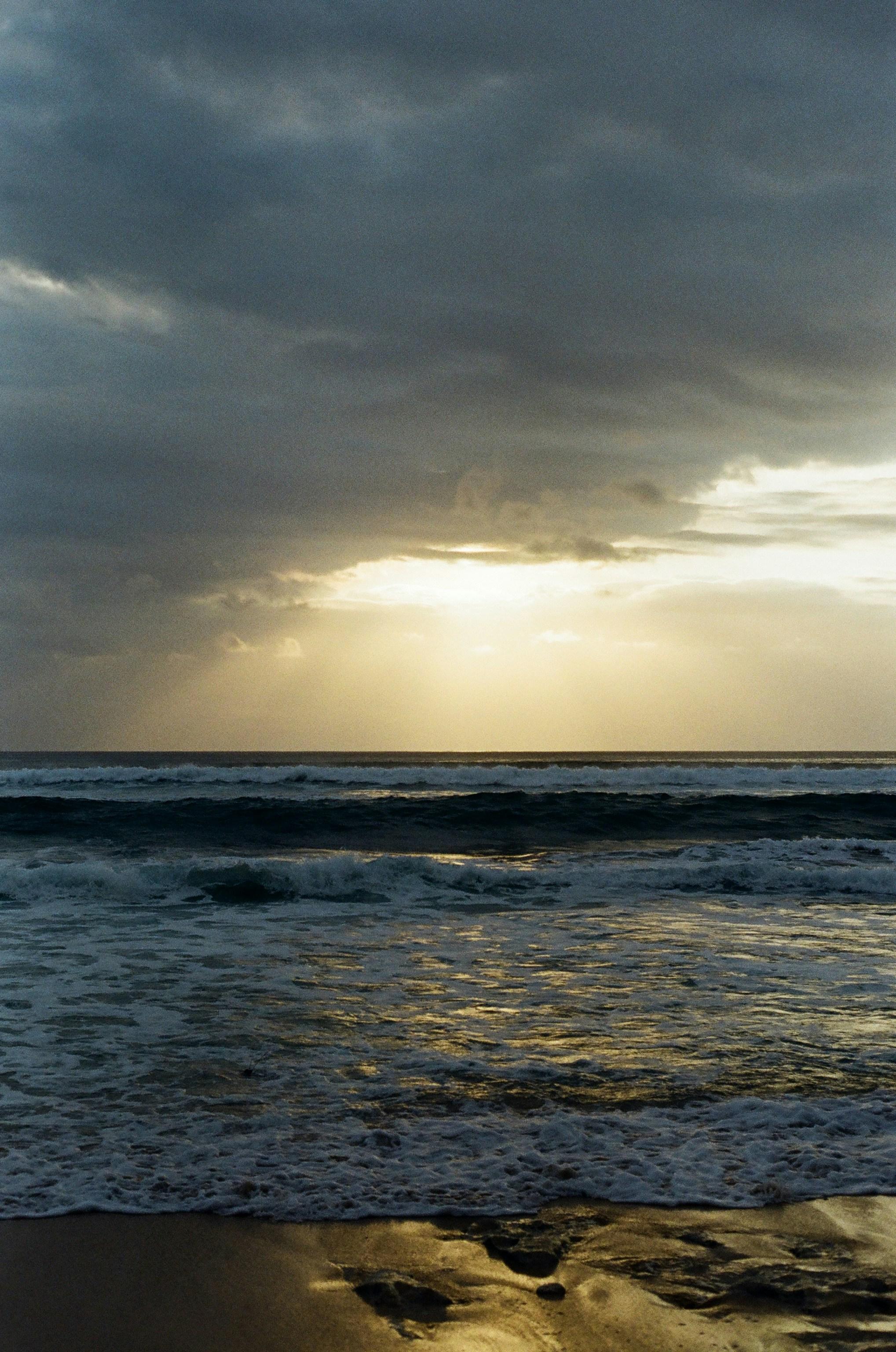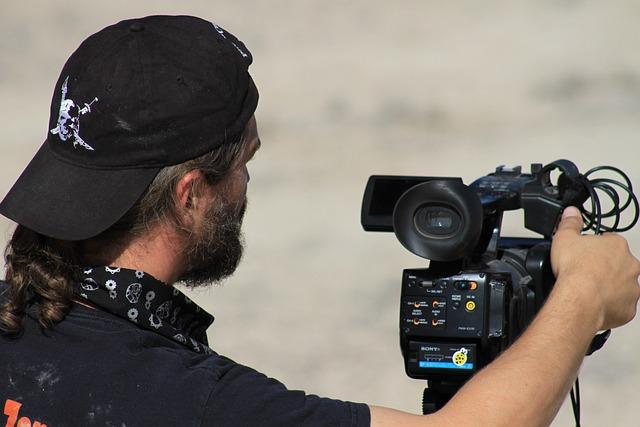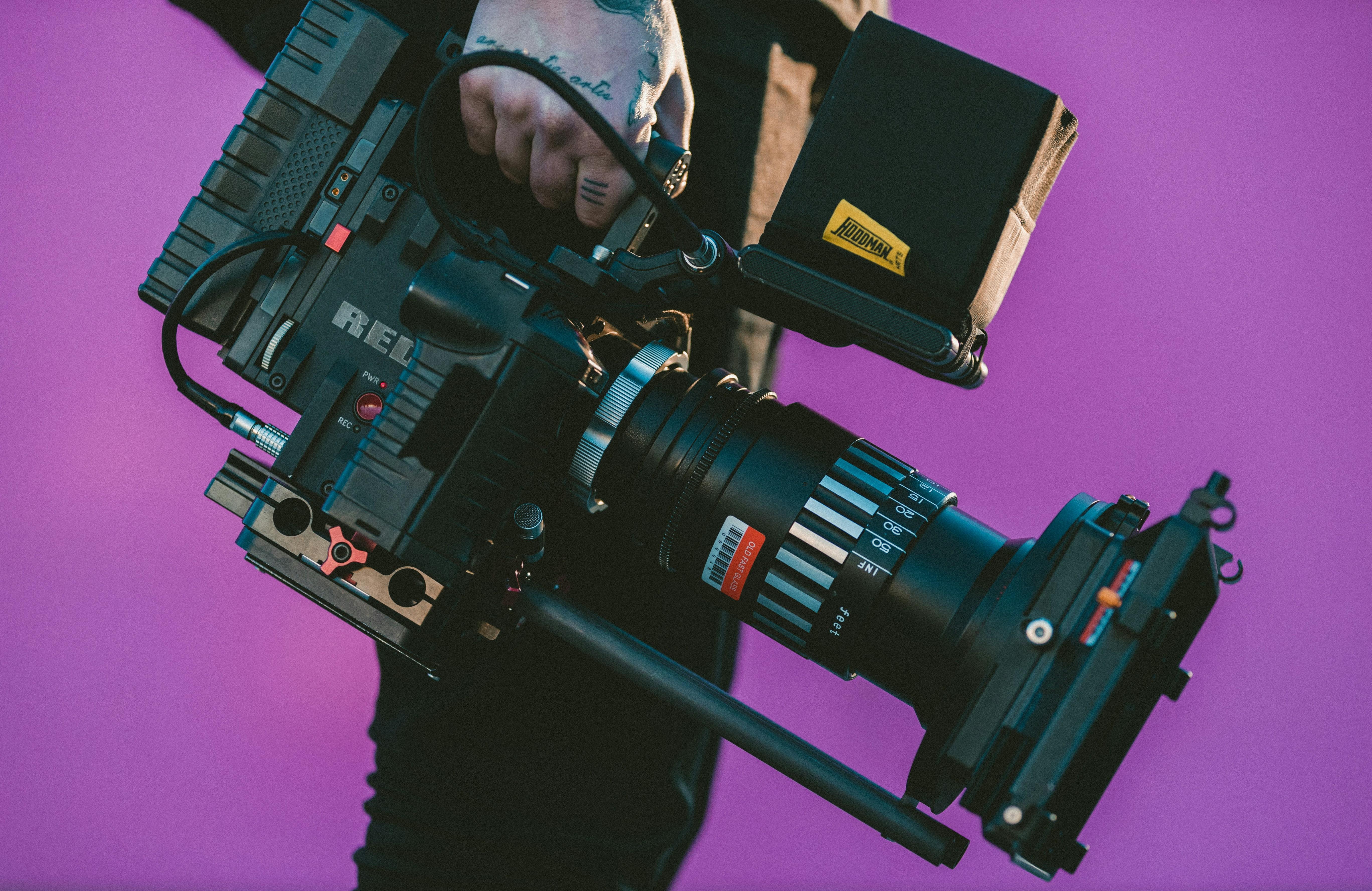In the realm of cinema, where meticulously crafted scripts often reign supreme, there exists a hidden magic in the unscripted—a spontaneous dance between actors and their instincts. This is the art of improvisation, a dynamic force that breathes life into the unexpected and transforms fleeting moments into cinematic gold. While the polished dialogues and planned sequences capture the audience’s attention, it is often the unplanned, the impromptu, that resonates most deeply. This article delves into the role of improvisation in film, exploring how these unscripted moments not only enhance storytelling but also redefine the boundaries of creative expression on screen.
Crafting Authenticity: How Improvisation Breathes Life into Film
In the world of film, improvisation serves as a powerful tool that infuses characters with genuine emotion and spontaneity. Directors often encourage actors to deviate from the script, allowing them to explore their characters in uncharted ways. This method not only brings a fresh, authentic feel to the narrative but also creates moments that resonate deeply with audiences. When actors are given the freedom to improvise, they tap into a raw, unfiltered version of their roles, often resulting in iconic scenes that were never planned.
- Enhanced Realism: Unscripted interactions mirror real-life conversations, adding depth and believability.
- Character Development: Actors discover new facets of their characters, enriching their portrayal.
- Unexpected Humor: Spontaneous moments often lead to humor that feels natural and unforced.
These unscripted moments are the lifeblood of storytelling, where the unexpected thrives and true human connection is portrayed. The art of improvisation breathes life into film, transforming the ordinary into the extraordinary.

The Directors Canvas: Balancing Structure and Spontaneity
In the realm of filmmaking, directors often find themselves walking a fine line between maintaining a meticulous structure and embracing the unpredictability of the moment. The art of improvisation can breathe life into a scene, offering actors the freedom to explore their characters in a more profound way. This balance requires a keen eye and a willingness to trust the creative instincts of the team.
- Emotional Authenticity: Allowing actors to deviate from the script can lead to raw, unfiltered emotions that resonate with audiences.
- Organic Dialogue: Unscripted moments often produce dialogue that feels natural and spontaneous, enhancing the believability of the narrative.
- Creative Synergy: Collaboration between the director and actors fosters a dynamic environment where creativity thrives.
By skillfully navigating between the structured blueprint of the script and the organic flow of improvisation, directors can capture those rare, unscripted gems that elevate a film from good to unforgettable.

Actors Unleashed: Techniques for Mastering Unscripted Dialogue
In the dynamic world of filmmaking, improvisation stands as a powerful tool that breathes life into unscripted moments. Actors who master this art possess the ability to transform a scene, adding layers of authenticity and spontaneity. The craft of unscripted dialogue hinges on an actor’s capacity to remain present, listen actively, and react naturally. This often leads to some of the most memorable and genuine moments on screen.
- Emotional Truth: Improvisation encourages actors to delve deeper into their characters’ emotions, fostering a genuine connection that scripted dialogue sometimes lacks.
- Creative Freedom: By stepping away from the script, actors explore new dimensions of their roles, allowing for unexpected twists and turns in the narrative.
- Enhanced Chemistry: Unscripted interactions can enhance the chemistry between actors, creating a more believable and engaging relationship for the audience.
Directors and writers often embrace improvisation as a collaborative process, trusting actors to contribute their instincts and insights. This synergy not only enriches the storytelling but also captures the raw, unfiltered essence of human interaction, elevating the cinematic experience.

From Script to Screen: Embracing the Unexpected in Filmmaking
In the intricate dance of filmmaking, improvisation often plays a pivotal role in transforming a script into a living, breathing narrative. It allows actors and directors to explore unscripted moments, which can lead to unexpected breakthroughs in storytelling. Embracing the spontaneous can inject authenticity and raw emotion into scenes, capturing nuances that might otherwise remain hidden within the confines of the script.
Filmmakers often utilize improvisation to:
- Enhance Character Depth: Allowing actors to improvise can reveal layers of their characters that were not initially apparent.
- Create Genuine Reactions: Unscripted moments can elicit real emotions, resulting in more relatable and compelling performances.
- Foster Creative Collaboration: Encouraging improvisation invites a collaborative environment where directors and actors can innovate together.
By weaving improvisation into the filmmaking process, creators open the door to unexpected magic, where the story can evolve beyond its original vision, surprising both the audience and the storytellers themselves.

